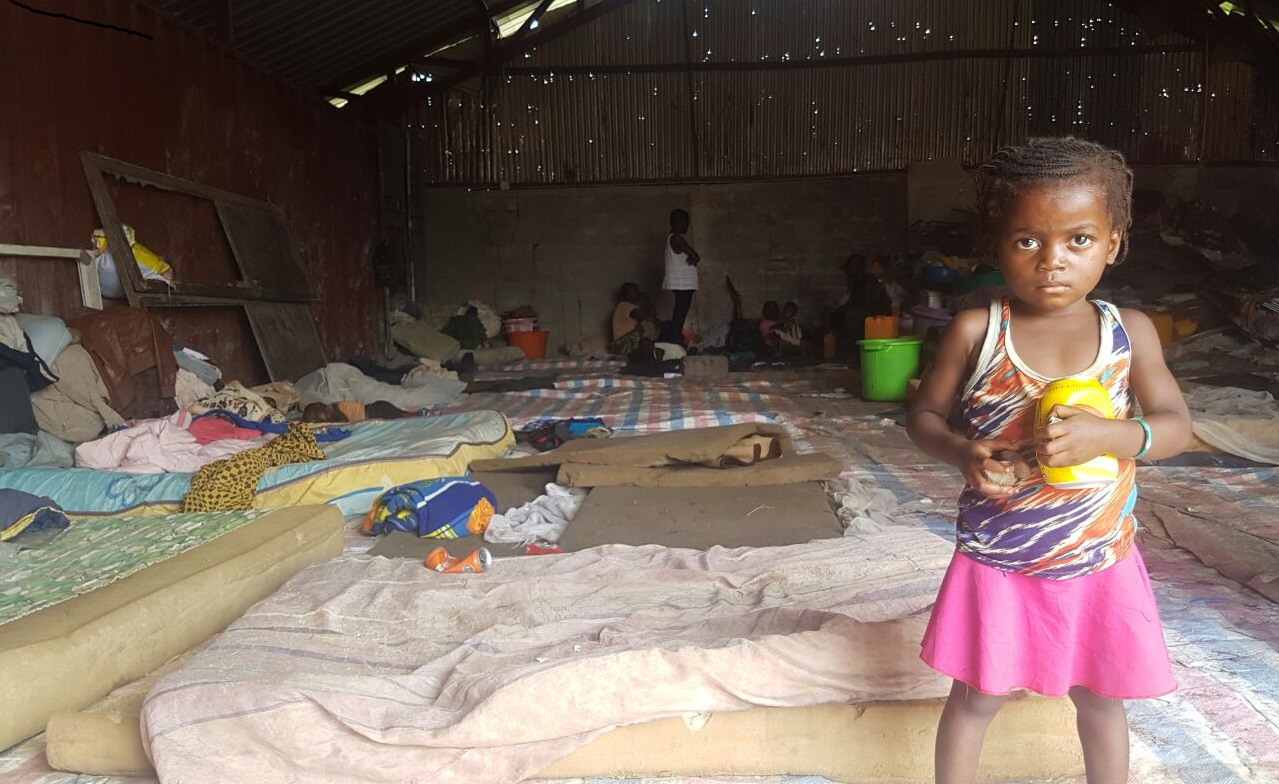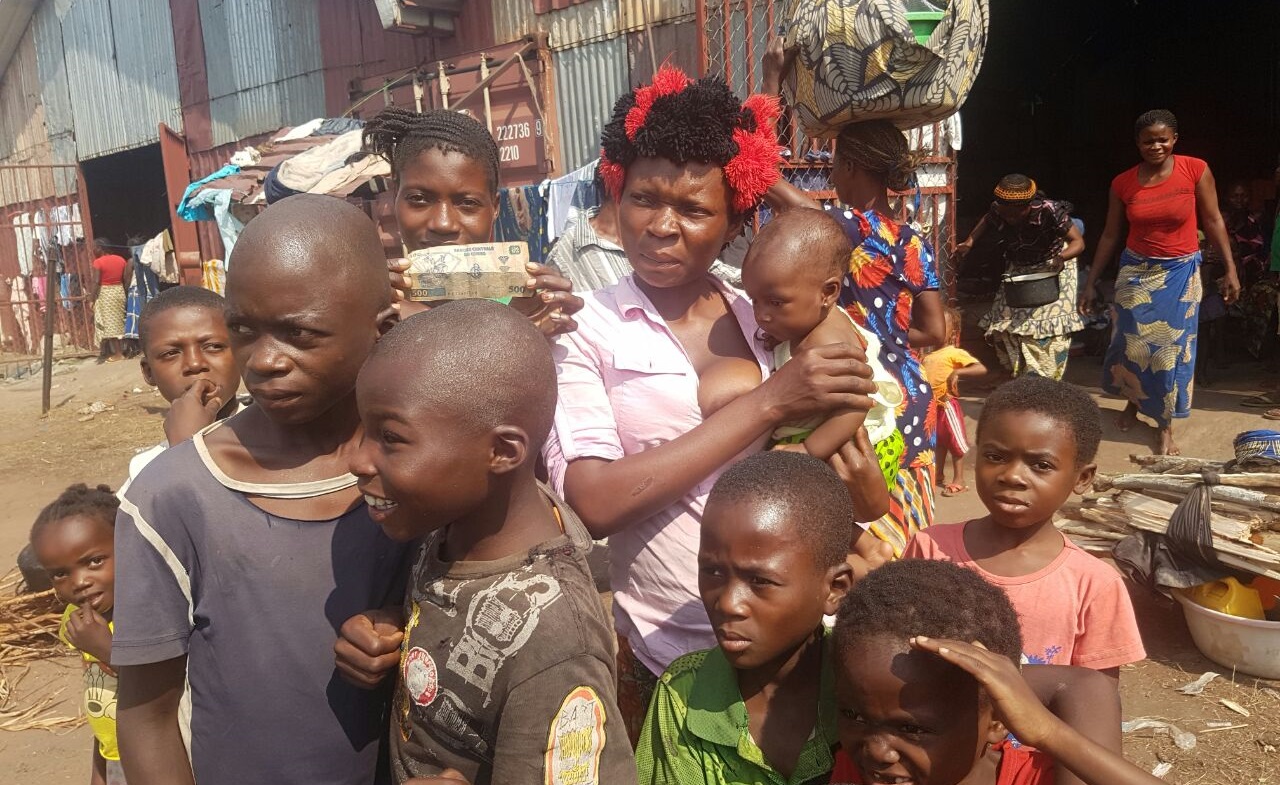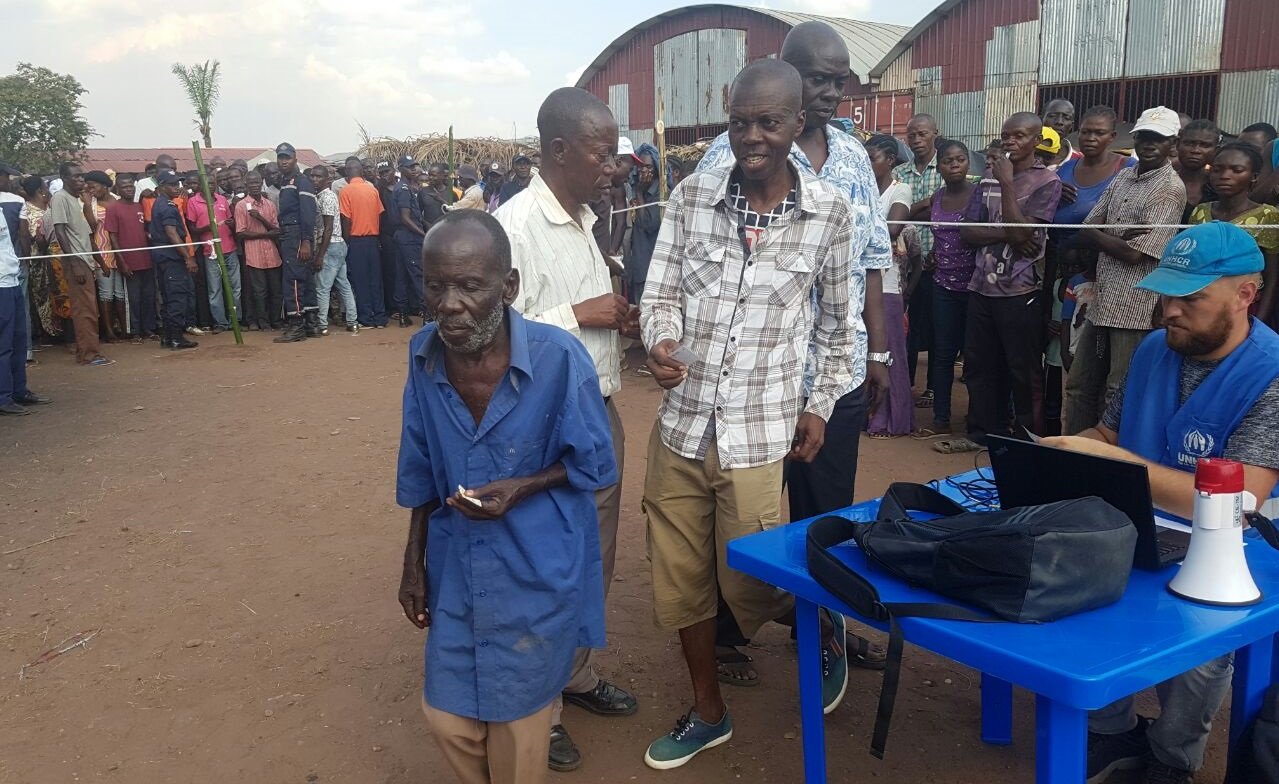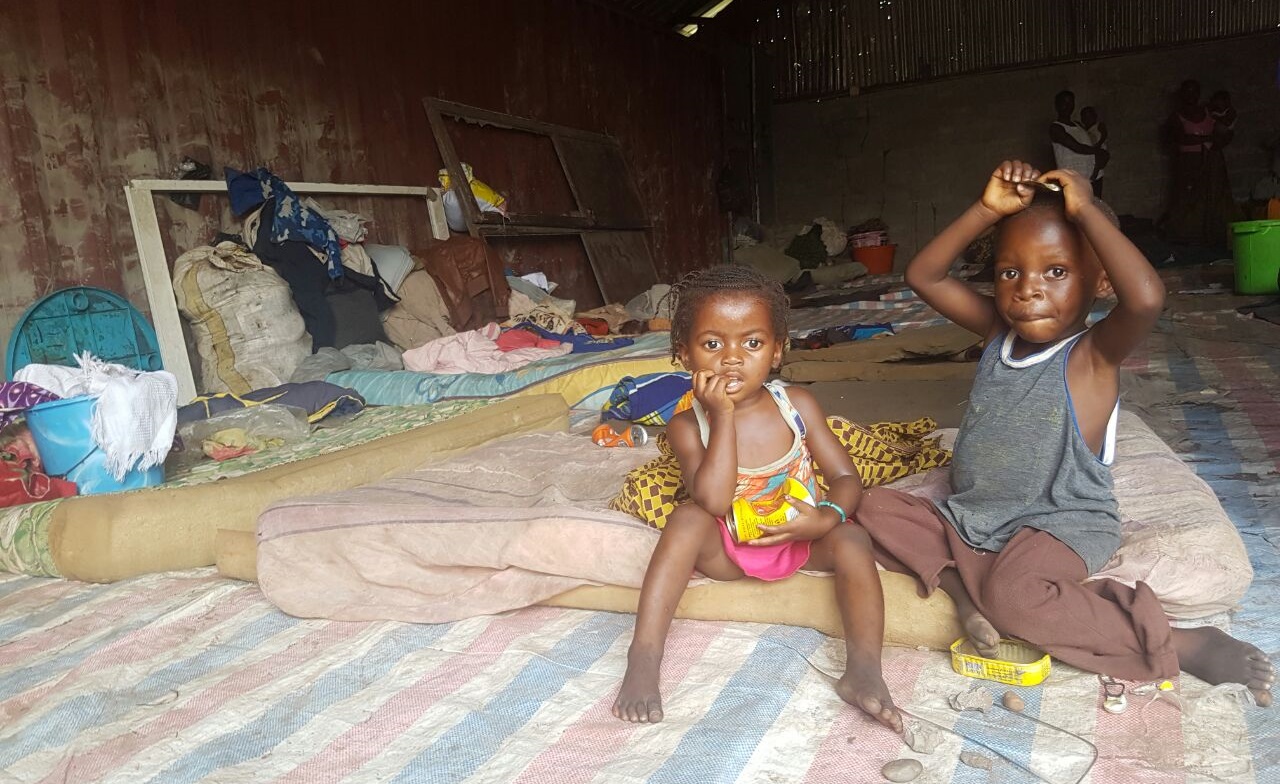Stories from the Field: “So much potential among refugee youth is lost”
An interview with our Danish colleague Anna Leer in Pretoria, South Africa
“Stories from the Field” is an interview series providing insight into the daily lives of some of our Northern European colleagues, working for the organization all over the world.
Why did you choose to work for UNHCR?
“I have always wanted to work internationally with development, human rights and poverty. So, I ended up working with refugees. Basically, our work is all about making sure the doors are kept open around the globe to people fleeing war and persecution in order for them to reach safety. And we try to help them rebuild their lives. It’s a really basic and human initiative, but it doesn’t seem to be the political message of today.”
How would you describe your work?
“I’m part of the regional office in South Africa, guiding twelve countries in the southern part of Africa, e.g. Namibia, Malawi, Madagascar and Mozambique. Some countries have their own UNHCR offices, and others don’t, so our support and monitoring can vary, as well as how much direct contact we have with partners and governments in different countries.
The situation for refugees in our region varies greatly – ranging from one extreme to another. We have a large urban refugee population in South Africa of almost 300,000 people. Here, refugees have more or less the same rights as the local population. They can move freely, get a work permit and support themselves, and they have access to the welfare system. In other countries, the situation is completely different, and the policies regarding the freedom of movement are more or less tolerant. In Botswana, refugees live in fenced-off camps, almost locked in.
One thing I’m working on is trying to ensure that refugees are integrated locally, or at least are included in the national systems, instead of having parallel schooling, social services and work opportunities for refugees, for example. Ensuring that refugees are equally included in the local community is not only crucial for their wellbeing, but part of UNHCR’s policy. We have achieved that in South Africa and eSwatini (formerly Swaziland), but the situation is significantly different in other countries.”
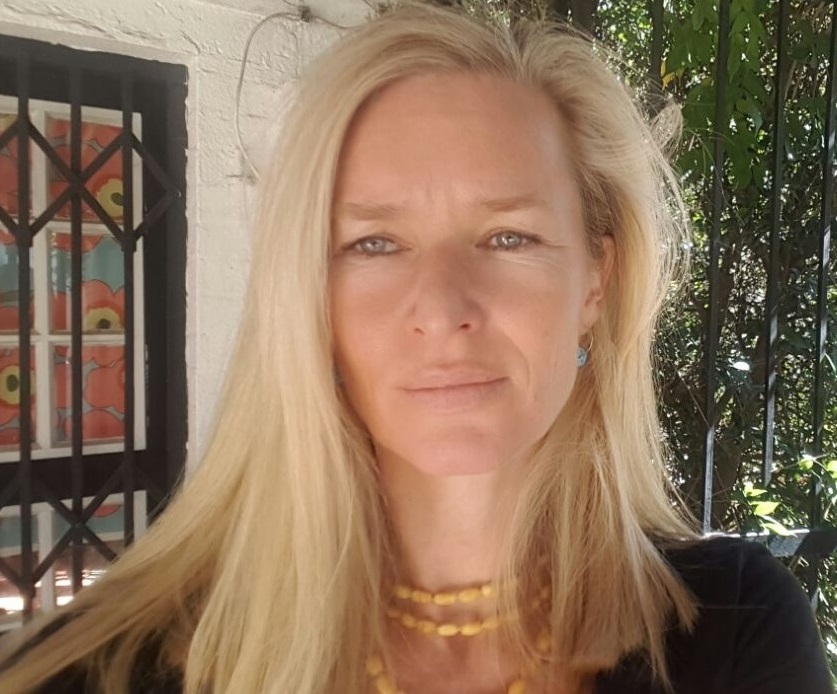
Anna Leer in UNHCR
- Senior Regional Community Services Officer in Pretoria, South Africa
- Working with UNHCR since 2003, first with the regional office in Stockholm
- Worked for several years in Lebanon, e.g. coordinating UNHCR’s response to the Syria emergency
- Moved to South Africa in 2014
- This year, she’s moving to Athens to be part of UNHCR’s operation in Greece
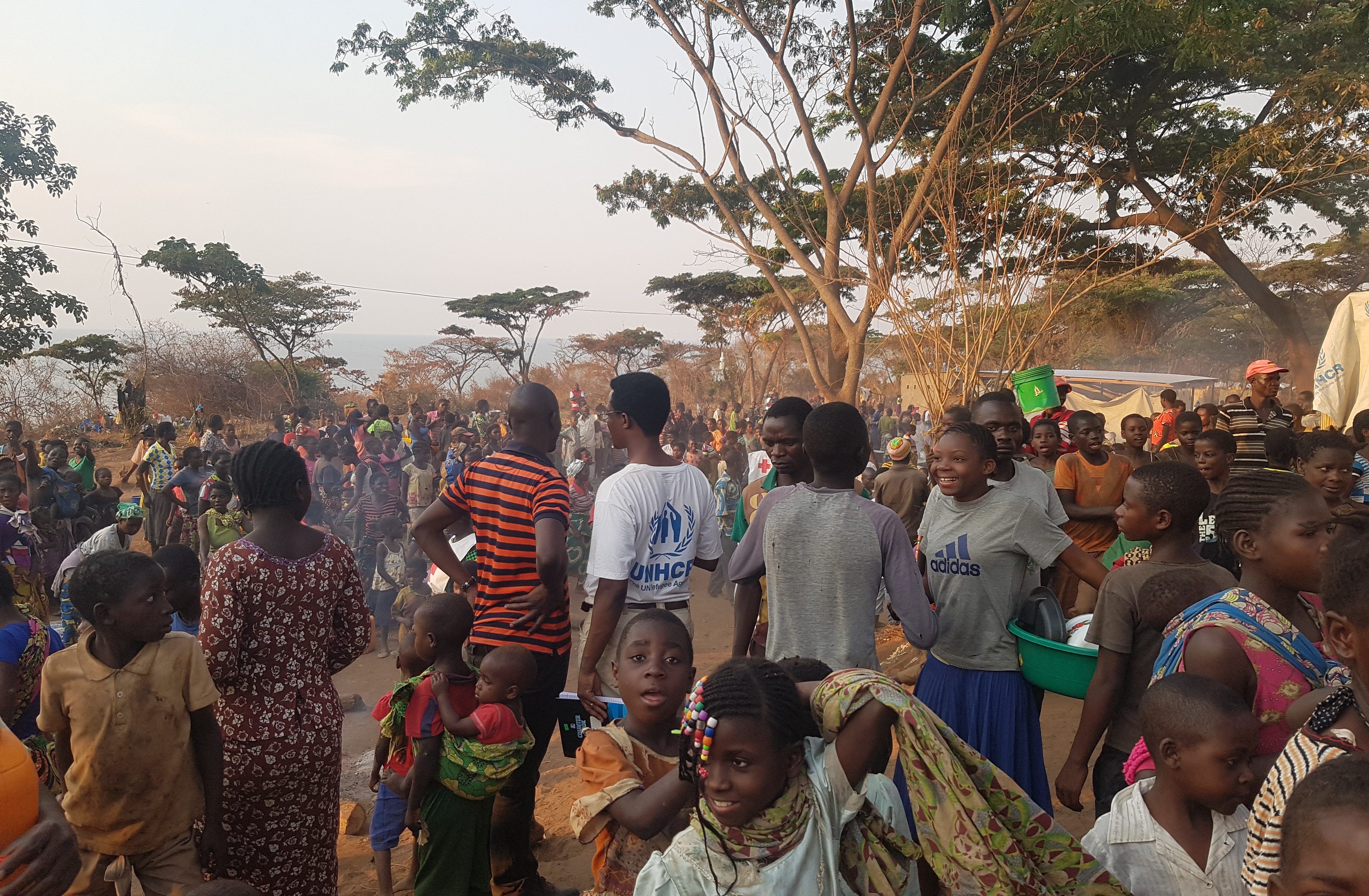
What is one of the best experiences you have had, working with UNHCR?
“The best days are the ones with a successful, significant outcome for refugees. Typically, this concerns government decisions in the hosting countries, such as in 2017 when eSwatini (formerly Swaziland) adopted a refugee law, potentially allowing refugees to become part of the communities hosting them. In the same spirit, Malawi and Zambia announced that they would like to set up the Comprehensive Refugee Response Framework (CRRF) – a holistic framework and stakeholder commitment to ensure inclusion, protection and solutions for refugees. The resettlement of quota refugees is also an example of an authority decision, although it benefits only a few refugees.
And then of course, there’s the great joy of bringing things to life. Last year, I was part of the first team sent out to respond to the influx of refugees coming to Zambia. We were building the response from scratch, identifying the refugees’ capabilities and skills to engage them in solving some of the challenges. There were school teachers, nurses, and people who had worked in administration and social services. One group of teachers helped establish preliminary schooling until a more formal school system was up and running. We had dedicated refugees patrolling the areas at night, so that people felt safer. We identified families to help take care of the unaccompanied children, and we established a voluntary home care service for solitary elderly and people with disabilities. We simply tapped into the many skills that the refugees had themselves.”
What is one of the worst experiences you have had, working with UNHCR?
“To me personally, the toughest days are always the ones when you get really close to human suffering. I met a Congolese woman, for instance, who had been raped by countless men, in front of her children, while she was fleeing to Namibia. The men blindfolded her with a cloth soaked in kinin, making her blind, and now she lives in a refugee camp, struggling to take care of her four children. It’s also hard to meet a lot of young people who are dynamic, talented and so filled with ideas and hopes for the future, but who can’t continue their education or get a job because they either can’t leave the refugee camp, or we don’t have the money to help them make the first step. So much potential among refugee youth is lost. That’s another human tragedy, and those types of human encounters are the hardest.
In the region I work with, it’s always difficult to accept that there are so few resources. In fact, it was a bit of a shock coming to South Africa from Lebanon and seeing how difficult it is to get funding.
Last year, when we suddenly saw an influx of Congolese refugees in Angola and Zambia, there was an international focus on the refugee flows and the violations people were fleeing. But when that focus dies out, the resources decrease again, despite the large refugee population in the region and the obvious need for food, protection and solutions. It’s unacceptable and hard to acknowledge that there’s nothing we can do but cut the minimum food rations or basic services because we lack the staff and resources. There are real and direct consequences, which few people would probably be able to reconcile with, if being confronted with them face to face. Therefore, it’s incredibly important that donor countries increase the unearmarked funding which the entire southern African region is so dependent on.”
Anna Leers’ images from Angola, 2017. © UNHCR / Anna Leer
Anna Leers’ images from Angola, 2017. © UNHCR / Anna Leer
UNHCR, the UN Refugee Agency, is present in 130 countries around the world, helping men, women and children who have been forced to flee from their homes due to war, violence and persecution. Our headquarters are located in Geneva in Switzerland, but the vast majority of our employees work in the field and in the places in the world where the majority of the world’s refugees are situated.
Learn more about UNHCR’s work here.
Read our interview with Grith Nørgaard in Yaounde, Cameroon here.
Read our interview with Charlotte Ridung in Addis Ababa, Ethiopia here
Read our interview with Helle Degn in Addis Ababa, Ethiopia here
Page 1 of 2
-
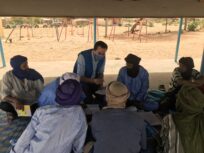
Stories from the Field: “I believe education can make a change.”
12.12.2023 -
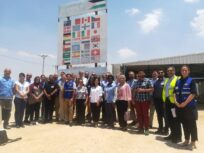
Stories from the Field: “The very best feeling is when you can make a difference”
20.09.2023 -

Stories from the Field: “Climate change and conflicts are causing immense humanitarian need”
14.02.2023An interview with our Icelandic colleague Kjartan Atli Óskarsson, in Juba, South Sudan.
-
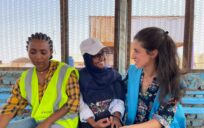
Stories from the Field: “Even if it is just a drop in the ocean, these individual experiences motivate me in my work”
19.01.2023 -
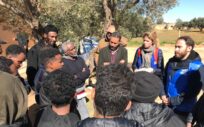
Stories from the Field: “It is incredible to see the smiles of refugees waiting to start their new life”
29.06.2022An interview with our Swedish colleague Karolina Edsbacker, until recently in Libya and Tunisia.
-
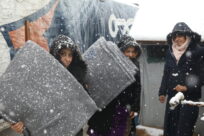
Stories from the Field: “The most rewarding is to bring about positive changes in people’s lives.”
05.04.2022An interview with our Norwegian colleague Jorunn Brandvoll in Tripoli, Lebanon.
-
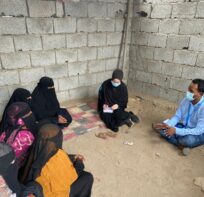
Stories from the Field: “This is one of the largest humanitarian crises in the world, but it is also one of the least known”
28.03.2022An interview with our Swedish and Danish colleague Marie Hesselholdt in Aden, Yemen.
-
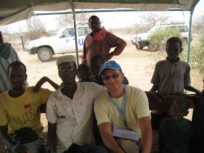
Stories from the Field: “There are 1,500,000 refugees in Lebanon – more than Estonia’s population”
03.06.2021 -
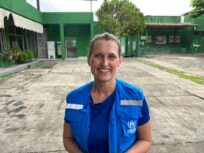
Stories from the Field: “It’s a wonderful job, but I’d love not to do it”
27.05.2021UNHCR has more than 17,300 staff, most of whom are based in the field. Meet Kristin Riis Halvorsen, who runs operations in southern Mexico.
-
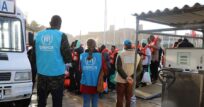
Stories from the Field: “There is a need for greater solidarity with frontline states”
02.03.2021

